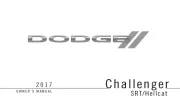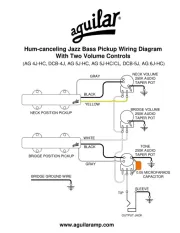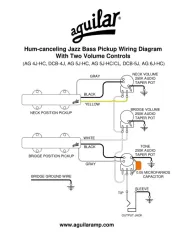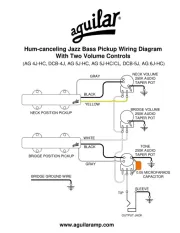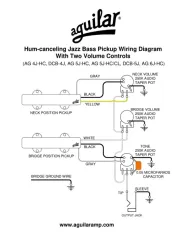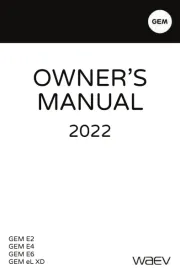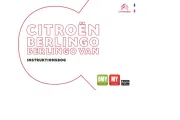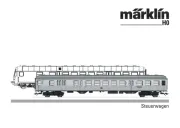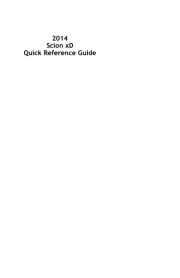Vauxhall Adam (2014) Manual
Læs gratis den danske manual til Vauxhall Adam (2014) (215 sider) i kategorien auto. Denne vejledning er vurderet som hjælpsom af 18 personer og har en gennemsnitlig bedømmelse på 4.7 stjerner ud af 9.5 anmeldelser.
Har du et spørgsmål om Vauxhall Adam (2014), eller vil du spørge andre brugere om produktet?

Produkt Specifikationer
| Mærke: | Vauxhall |
| Kategori: | auto |
| Model: | Adam (2014) |
Har du brug for hjælp?
Hvis du har brug for hjælp til Vauxhall Adam (2014) stil et spørgsmål nedenfor, og andre brugere vil svare dig
auto Vauxhall Manualer
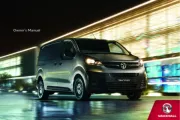









auto Manualer
- Aguilar
- Volvo
- Smart
- Renault
- Abarth
- VDL
- Jaguar
- Skoda
- Pioneer
- Dacia
- Alfa Romeo
- Rover
- Maserati
- Audio-Technica
- Acura
Nyeste auto Manualer
